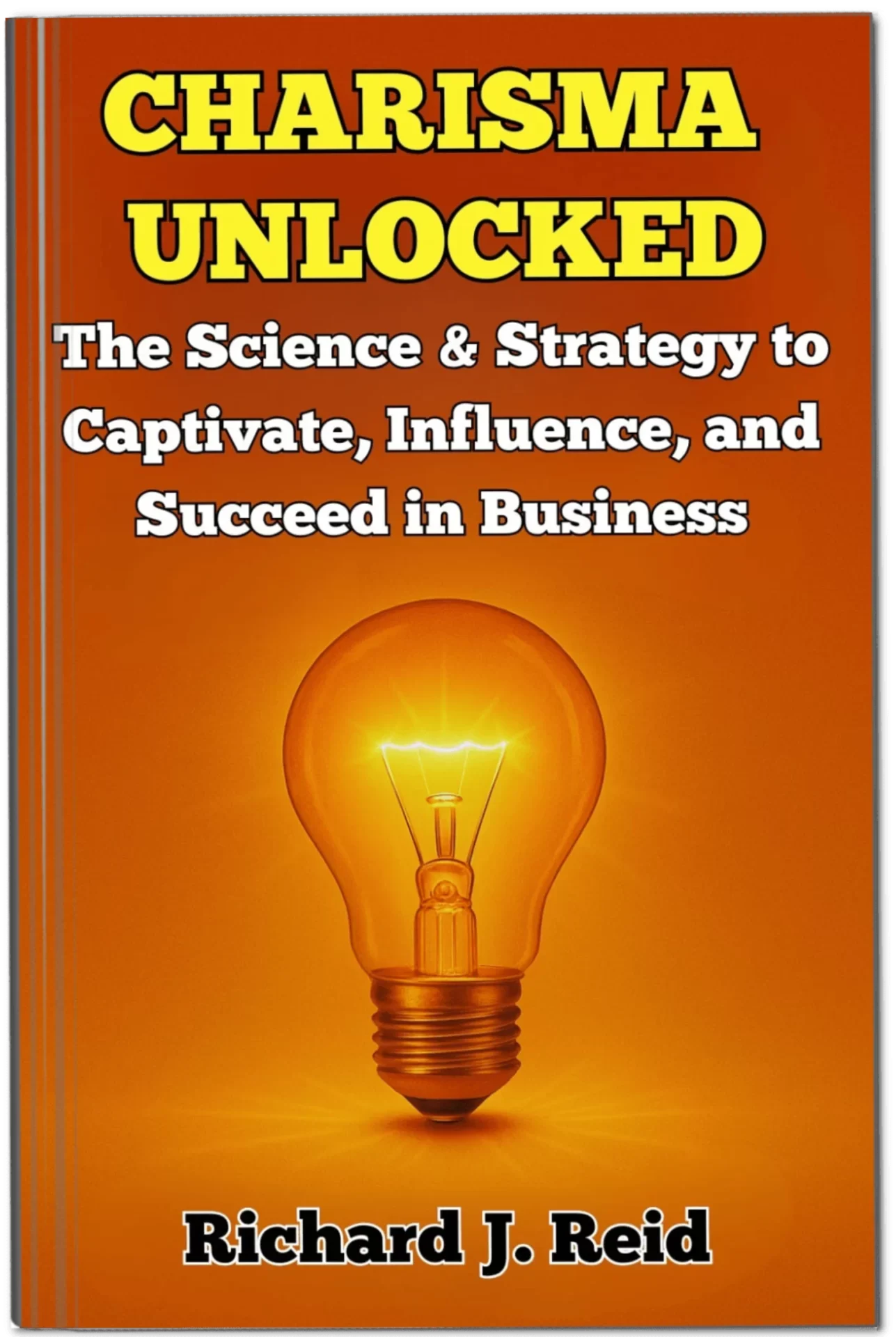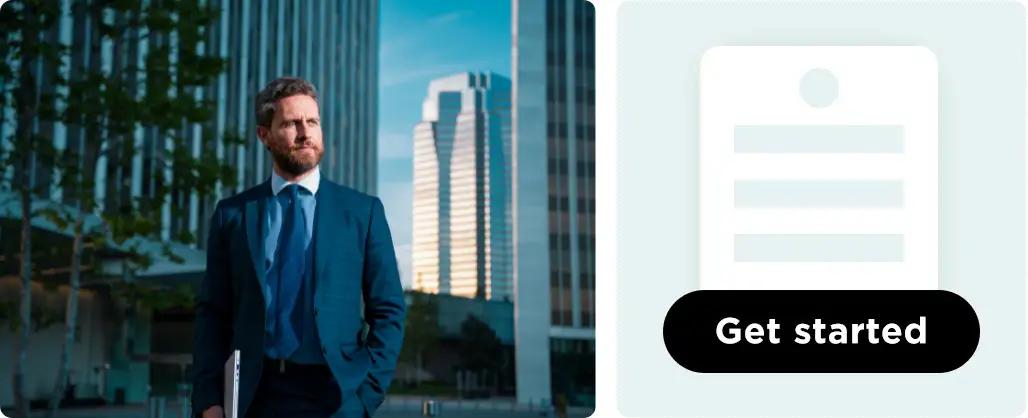Your cart
- No products in the cart.
Total:
£0.00
Premium Online Therapy & Coaching Services
Home » Expertise » Phobia therapy » Amaxophobia – fear of driving – treatment and therapy for driving anxiety









Are you looking to make a lasting impression in social situations? Do you struggle to connect with others or feel your presence is often overlooked? Unlock your true potential with Charisma Unlocked.
If you feel your ability to communicate or influence is holding you back, this book provides the tools to transform your social skills. With Richard’s expert guidance and proven strategies, you’ll discover how to harness the power of charisma in everyday interactions.
By mastering techniques such as active listening, body language control, and authentic self-expression, you’ll gain the confidence to connect with others and make a powerful impact in both your personal and professional life. Take the first step toward unlocking the magnetic presence within you.
If you’re still unsure whether you need us or not then simply send us any questions you may have via the enquiry form on the right.
Search for an area of expertise:




